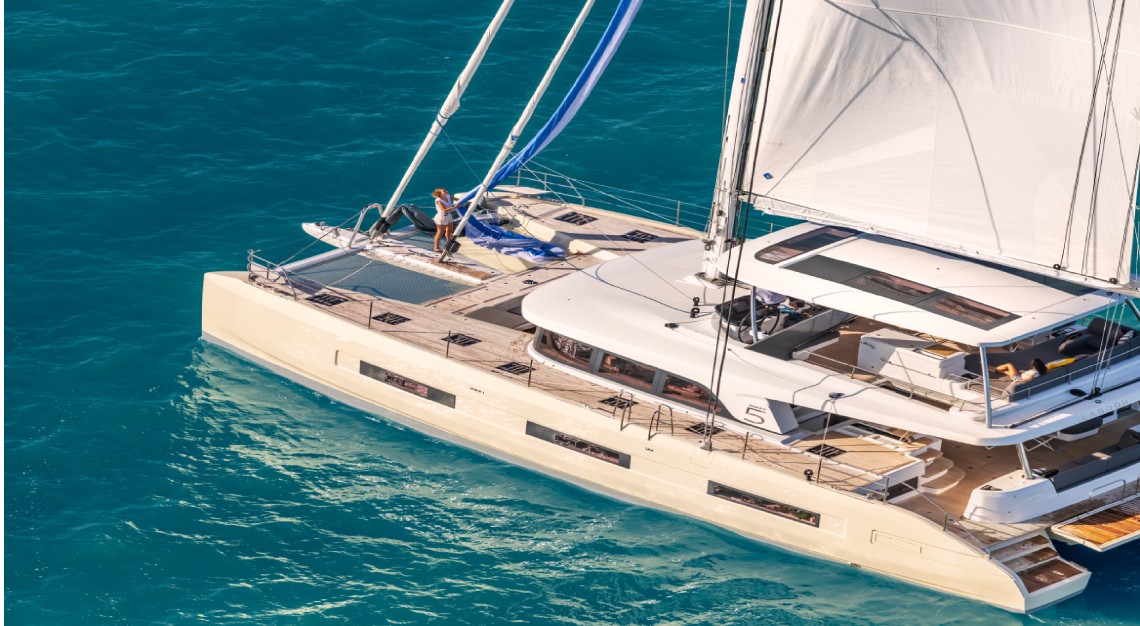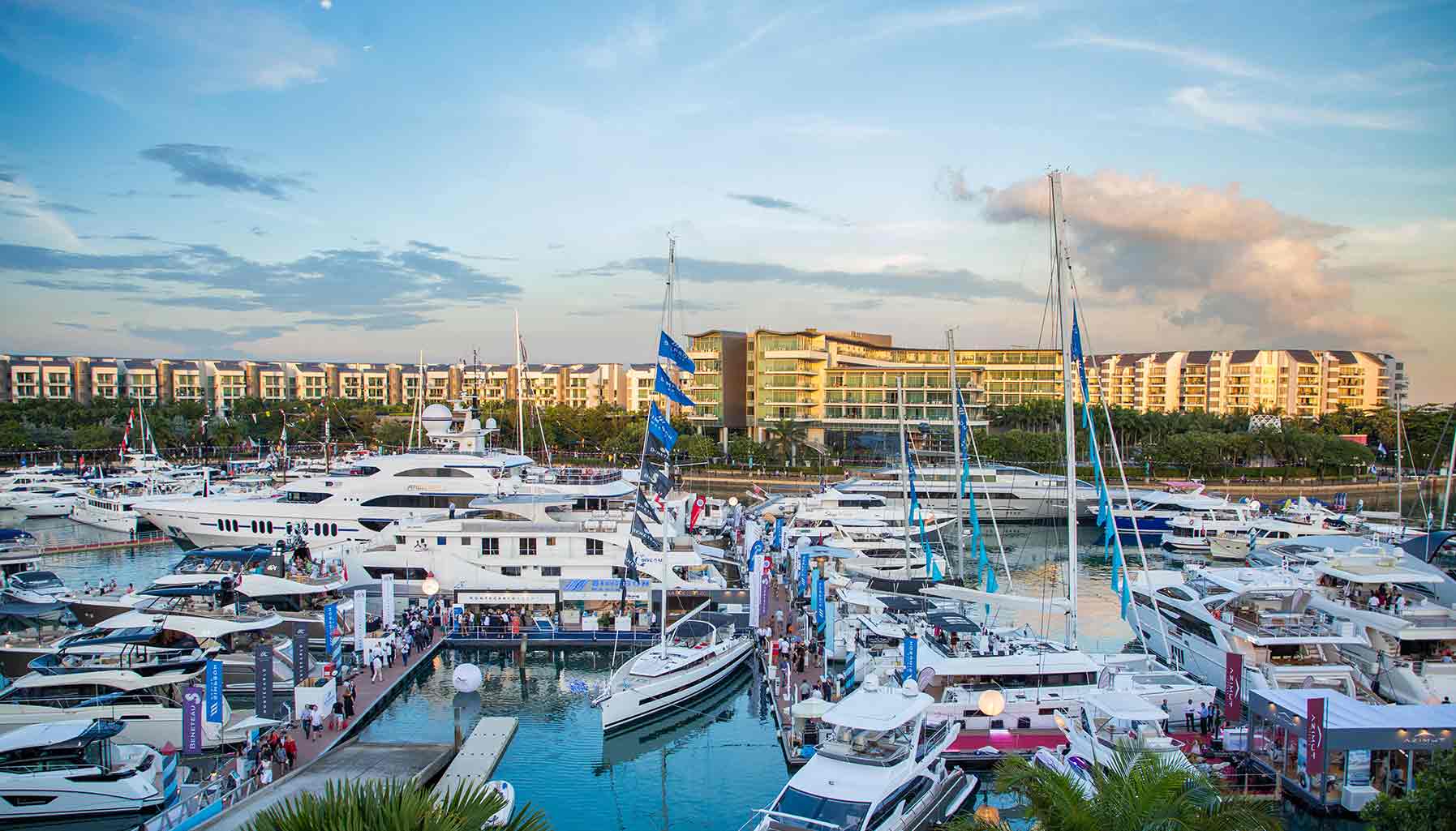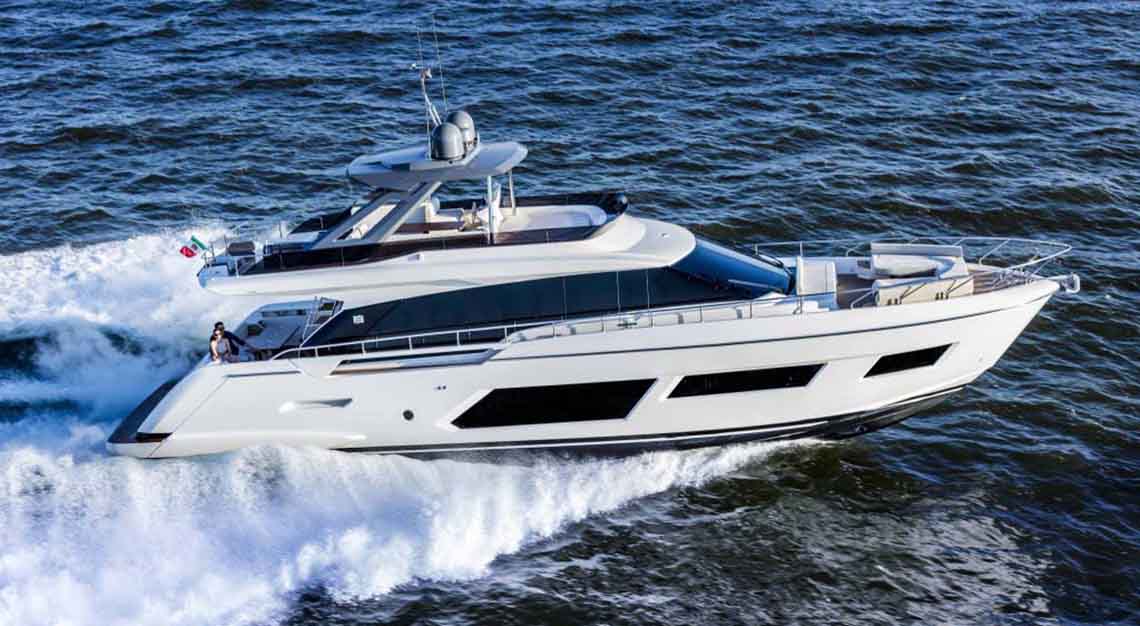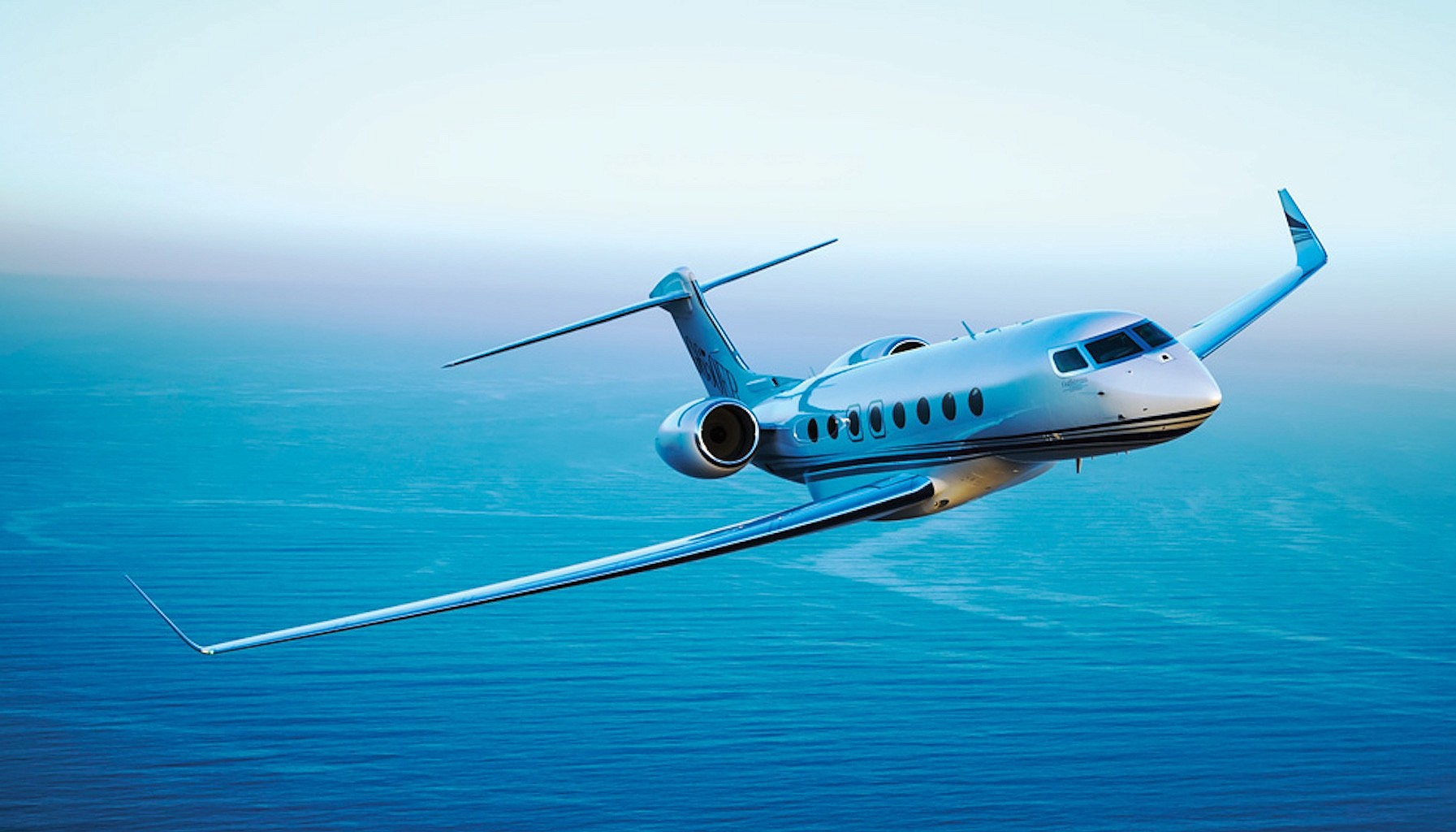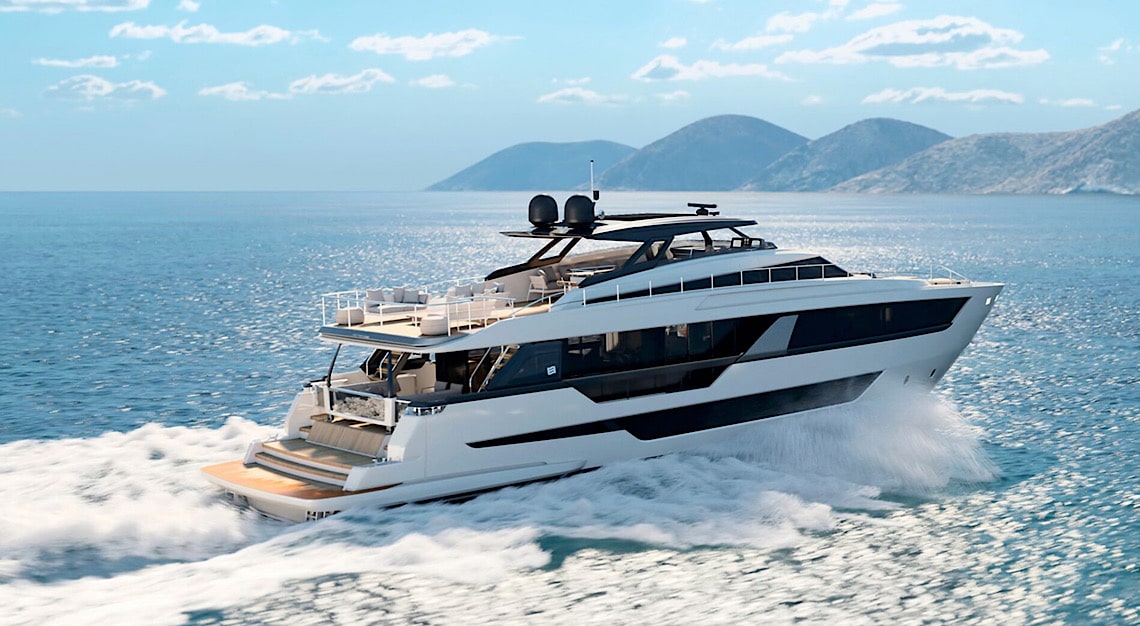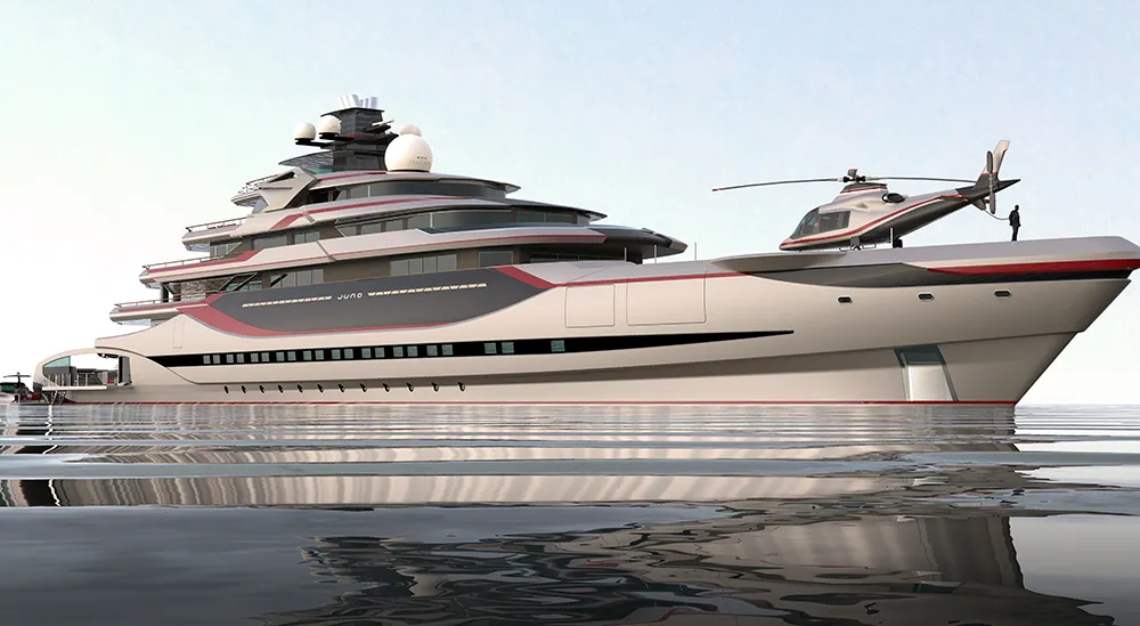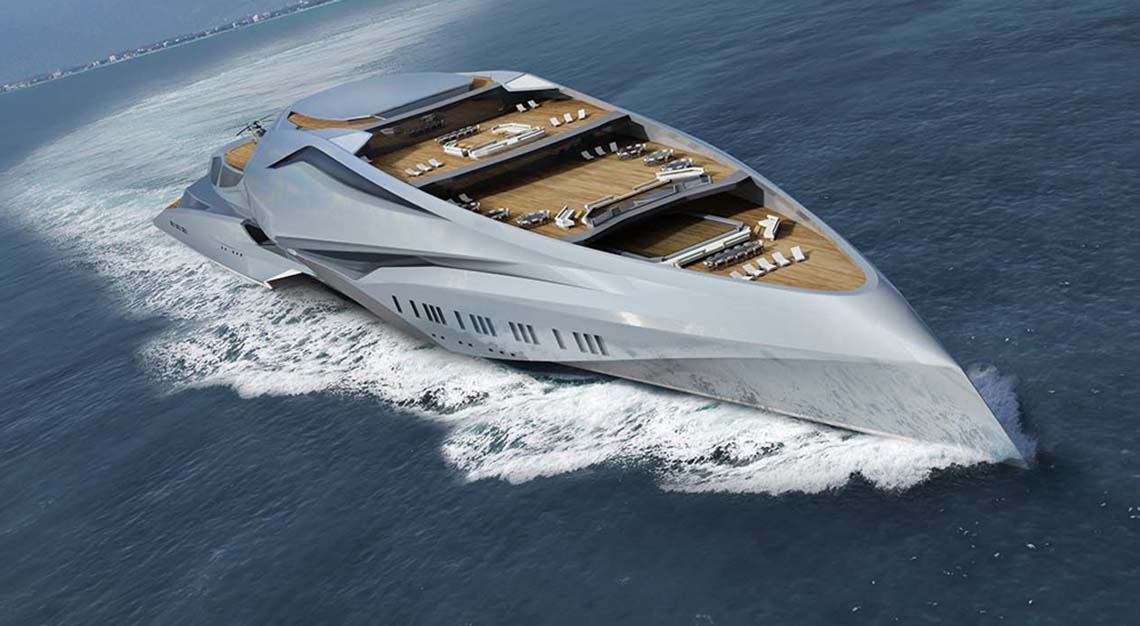The yachting industry comes to terms with the pandemic and its fair share of winners and losers
“Last March, yacht dealers thought they were staring down the barrel of bankruptcy. But by July, they were the ones buying Champagne and contemplating their greatest year ever,” says Richard Lofthouse.
The Asia-Pacific regional co-ordinator at Catalano Shipping Services had witnessed first-hand how the expectations of dealers and brokers had swung from panic to delight in Hong Kong.
“No one could have foreseen that the pandemic was going to be a stimulus for people to buy boats. They’ve been buying yachts like hot cakes.”
Across Asia, yacht sales sky-rocketed in the more mature markets, while local charters did roaring business. Indonesia is now one of the easiest parts of the region for yachts to enter – a statement that would have made seasoned mariners blanch before the pandemic. As other countries have tightened entry requirements for passengers and crew to curb the spread of COVID-19, the unchanged Indonesian visa process has, by default, been made more amenable. There is no need for arrivals to quarantine, as long as a PCR test producing negative results was taken within seven days of disembarkation.
“Indonesia has been the best show in town over the last six months or so,” says Lofthouse, who is also managing director of Catalano Shipping Indonesia, which operates Benoa Marina Bali. “We have a full marina at the moment, so we are very lucky.”
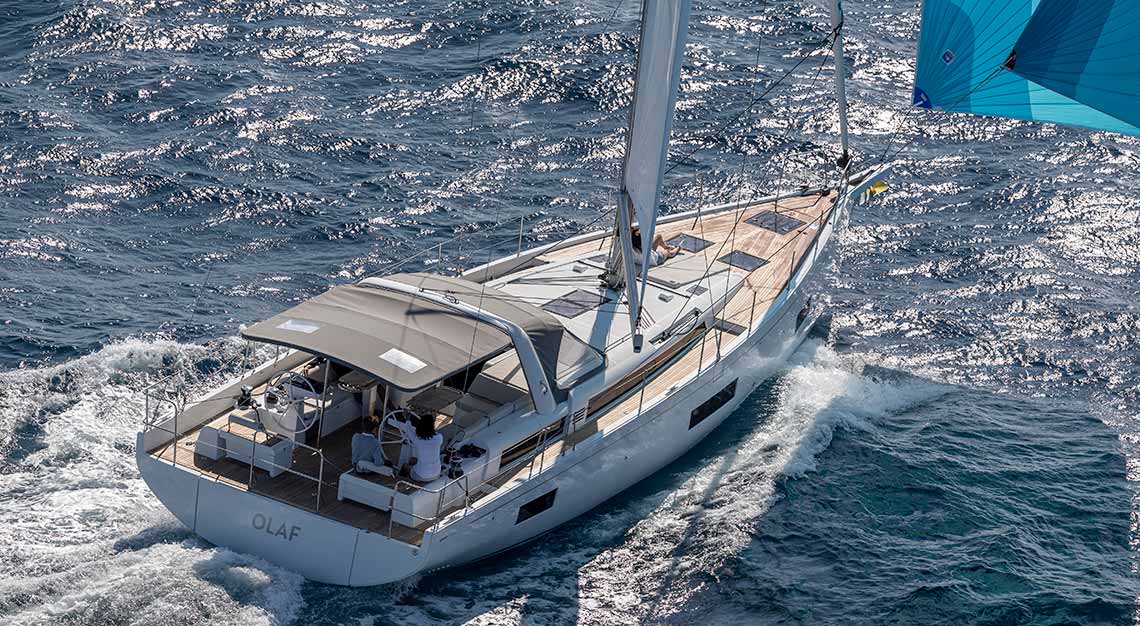
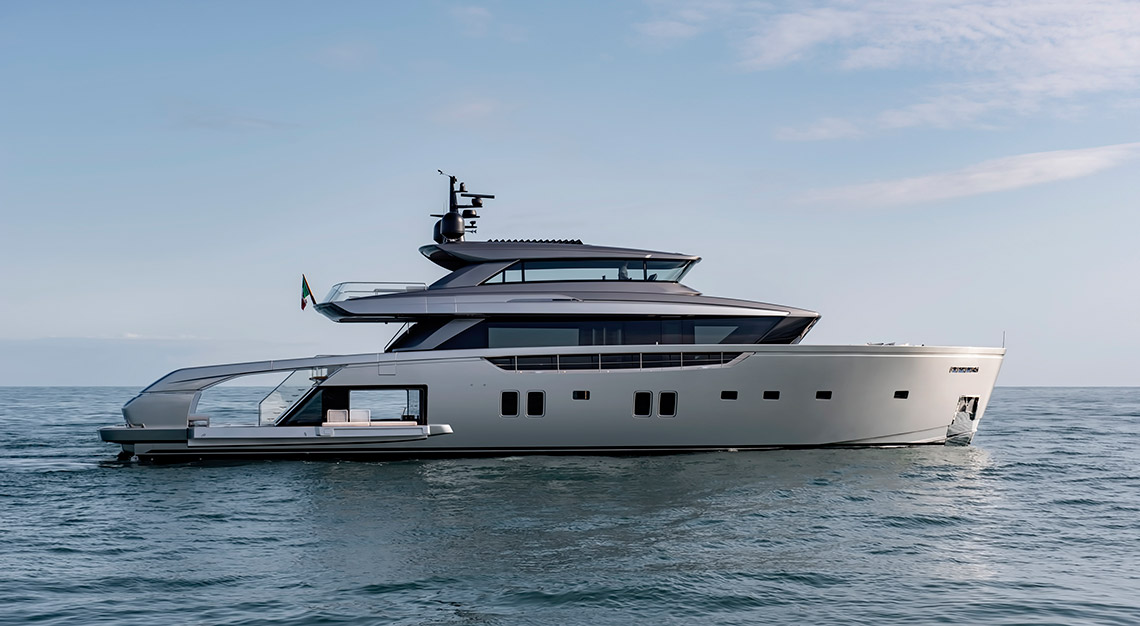
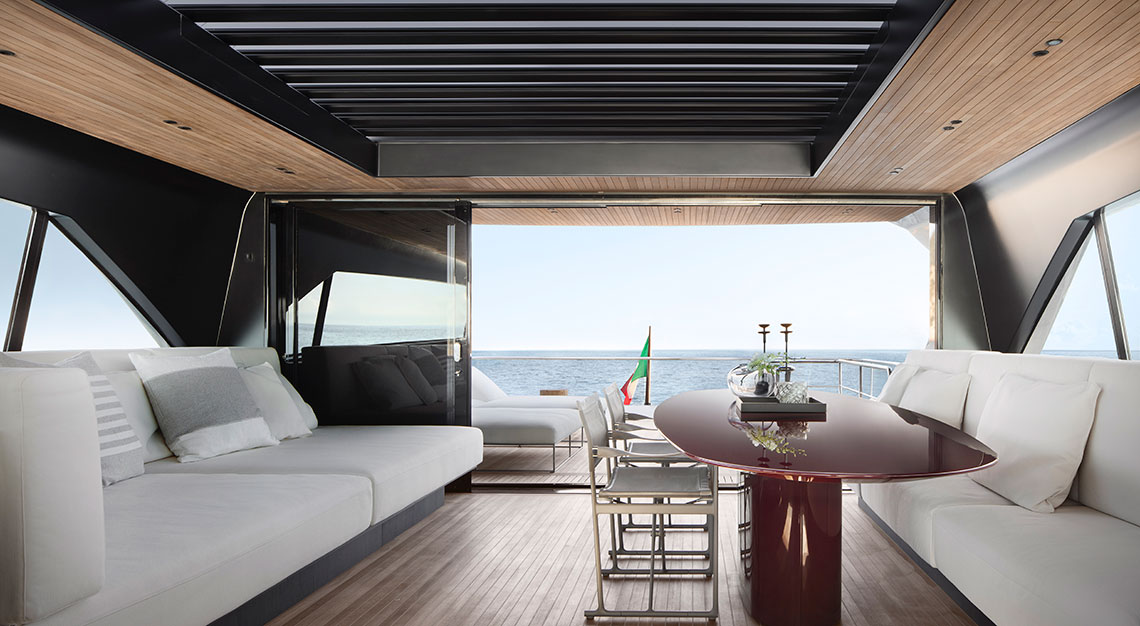
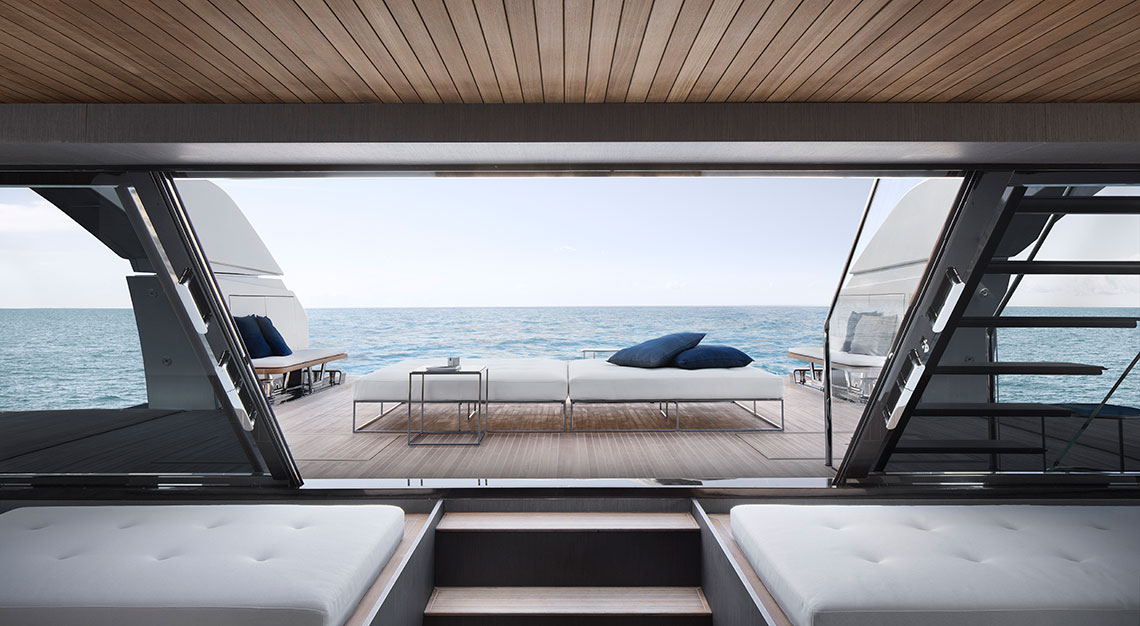
Open For Exploration
Another pandemic winner has been Singapore, with the yacht sales and brokerage markets becoming rather active after a quiet few months, during which Singaporeans were forced to adjust to circuit breakers and border closures.
“The lockdown instilled a different kind of mindset in most of our clients,” says Pricillia Toh, assistant marketing manager (SEA) of Simpson Marine. “Those in Singapore understood that international travel would not be possible in 2020. For families where quality time together ranks high, they’re taking full advantage of what the sea and local islands have to offer,” she says.
Interestingly, Toh observes that the market for yacht sales has evolved through the years, with a younger client profile across the region. The company also reported overall sales of over US$200 million (S$269 million) in 2020, with 112 new and pre-owned yachts sold. The Singapore office sold and delivered several Sanlorenzos, Beneteaus, and Lagoon catamarans in recent months alone. Yet another local broker, Elliot Homan of Asia Yacht Brokers, saw an uptick in business during the latter stages of last year.
“There have been quite a few who bought boats and plan to keep them in Singapore for a year or so before taking them to Langkawi or Thailand, where the boats will stay once international travel resumes,” he says. “The growing charter business has definitely led to enquires of boat ownership, especially for those who’ve done multiple charters. The reason’s that there isn’t anything they can do just yet.”
The Revival
But not all yacht-associated businesses have been riding the waves of the pandemic. There has been a fair share of those who have been dragged by the undercurrent, especially due to the closure of borders. In Malaysia, some marinas have become home to vessels that cannot hope to leave port.
“It’s been pretty hard for the brokers in Langkawi because of interstate travel restrictions and border closures,” says David Wharton, managing director of Marine Supplies Asia. “The superyachts and cruisers were parked in the marina. That said, this worked in our favour as owners have been using the time to get repairs done and equipment installed.”
Further north, Thailand’s charters are only now being revived following government intervention. “The charter industry took a big hit. Although some locals and expats continued to charter, the supply dwarfed the uptake,” says Rico Stapel, chief executive of YCN.asia, a platform for yacht agents in Thailand. This led to a price war that had put charter prices at “unbelievably low numbers, so there was no profit to be made”.
In February, Thai government officials confirmed that foreign-flagged visiting superyachts would be able to charter their vessels in the winter season (September to December) without having to pay seven per cent value-added tax (VAT) of the boat.
This is something the Thai Yachting Business Association had been pushing for for years, even prior to the pandemic. But this time round, the association succeeded in winning the backing of a handful of major players in the sports and tourism industries, who understood the opportunities presented by the yachting industry and its ability to generate tourism dollars by making superyacht charters more financially acceptable.
“Our persistence in following up, providing reports and case studies to the government probably played a large role in this,” says Stapel, who is also on the association’s board.
Along with the removal of VAT, Thailand is also doling out initiatives that make it easier for tourists to enter the country, allowing guests to spend their quarantine time on a yacht, instead of a hotel. Those who’ve been vaccinated will also be able to visit Phuket without going through quarantine. Unfortunately, Malaysia still faces challenges with ongoing docking restrictions and tough border controls. What may emerge though, is a race for buyers to secure bargain prices at the more moderate end of the market, as yacht owners seek to sell them quickly.
Wharton predicts that prices will fall between 10 to 20 per cent over the coming two years, and even further in cases where vessels need intensive repair and maintenance work after a protracted period in dock.
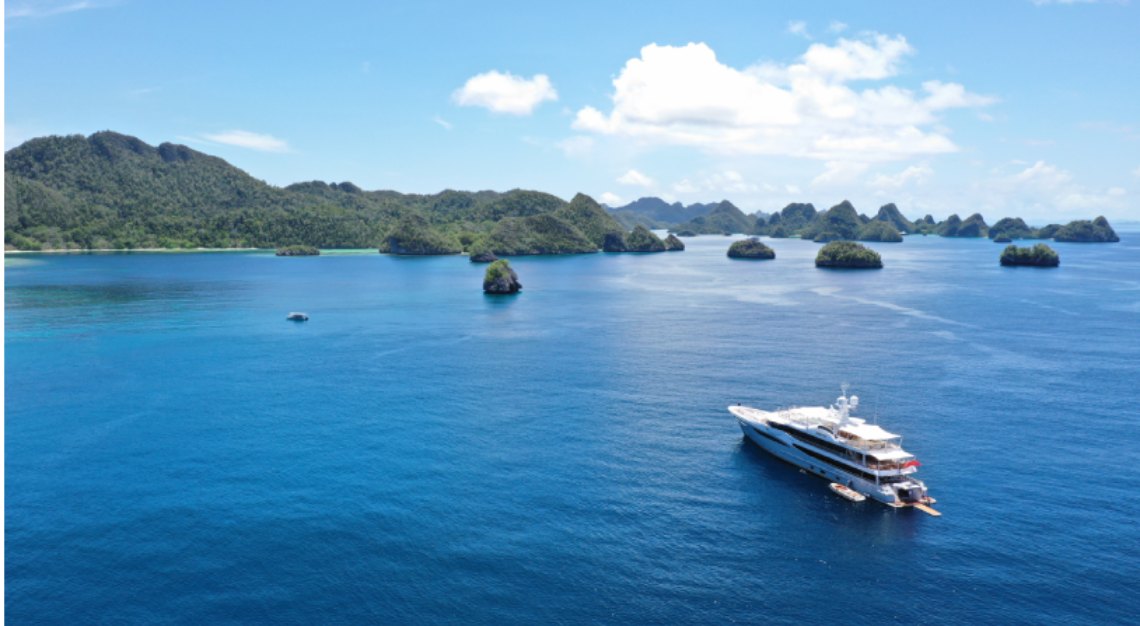
Tales Of The Sea
Skippers have also struggled in Southeast Asia amid the uncertainty. Paul Bessant, and his 12-man crew of the 55-metre Papa superyacht, had to endure over half a year without shore leave.
“If I didn’t have a dozen witnesses to vouch for what has happened the last year, nobody would believe me when I tell them about it,” says Bessant, who is now ashore in Taiwan.
After docking in Bali at the onset of the pandemic, Papa needed to travel to Singapore for maintenance. Upon arrival, the crew were forced to stay on board for the 93 days they were in port. Papa set off for Taiwan – one of the few countries open to yachts at that time – but on the way there, a broken radar forced her to head to The Philippines, where lockdown prevented her from docking. At anchor in Subic Bay and under attack from some of the strongest typhoons in memory, she finally set sail for Taiwan after seven weeks, without delivery of fuel or provisions.
“We had had over 200 days where we were completely isolated, quarantined and stuck in extremely difficult situations,” says Bessant.
Bessant isn’t alone in this. The mental wellbeing of seafarers have drastically been overlooked, with little attention paid to this particular subset – and backbone – of the industry. However, things are looking up for the region in general as countries slowly reopen their borders, and they’ll hopefully continue in that trajectory. Lofthouse expects that the Southeast Asian market will emerge strongest in the global yacht industry, and says this is already starting to happen.
“Indonesia has shown what is possible, and it’s a possible way to get the wheels rolling in the region,” he says.
Singapore, he predicts, will be a key hub with its growing yacht ownership while Thailand will emerge strongly through its new incentives and location as a drawcard for traffic across the Indian Ocean.
“Overall, the outlook for Southeast Asia remains very positive. With the visiting yachts coming through and the phenomenal brokerage results, particularly in Hong Kong, we are seeing a lot more locally owned yachts in the area, and there’ll definitely be a trickle-down effect.”
You may purchase the May 2021 issue as a hard or digital copy, or have luxury delivered to your door by subscribing here
